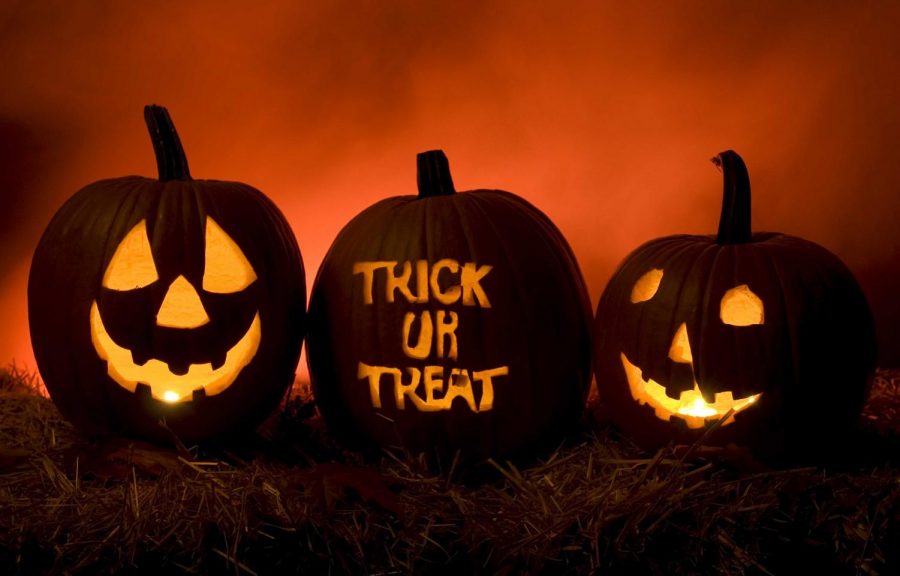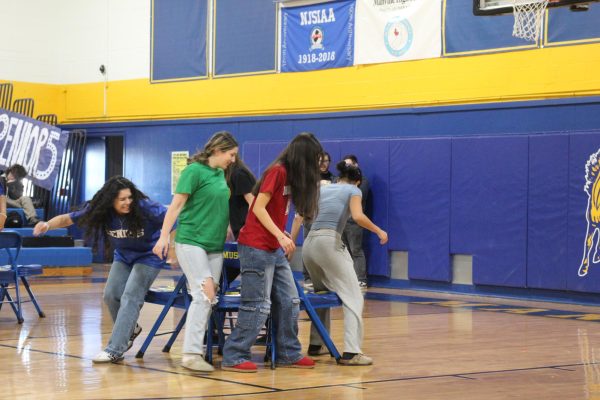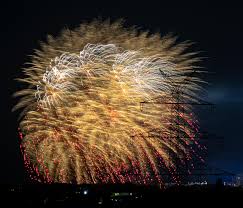The History Of Halloween
Halloween is the day many get goosebumps, carve pumpkins, eat candy, have movie marathons, etc. Halloween is an annual holiday celebrated each year on October 31. Americans spend over six billion dollars on this annual holiday. Halloween in the United States, is the second largest commercial holiday followed by Christmas. The origins of the spooky holiday can be found from an ancient Gaelic Festival called Samhain.
In a traditional Samhain festival, pagan participants would light bonfires and wear costumes to ward off ghosts. The Celts, a group of tribal societies tied by similar language, religion, and culture in Iron Age and Medieval Europe, were heavily focused on tradition and the supernatural. In modern day society, the term often refers to the cultures, languages, and people that are based in Scotland, Ireland, and other parts of the British Isles and Brittany in France.
Samhain ritual included lighting bonfires, dancing, huge feasts, and building altars to honor deceased ancestors. Some pagans, a person holding religious beliefs other than those of the main world religions, would bake special loaves of Samhain bread which is a type of food eaten on a Samhain holiday, and leave them, along with other offerings, outside their homes for the spirits. This small process of leaving offerings for spirits eventually led to the practice of “trick-or-treating” that we celebrate today. Between the 1920’s and 1950’s, children began to trick-or-treat on Halloween day. Trick-or-treating was a relatively inexpensive way for an entire community to partake in the Halloween festivities. It was speculated that families who gave out treats on Halloween day saw a smaller chance of having “tricks” played on them.
Don’t forget to have your candy ready for your trick or treaters so you don’t get a trick played on you!











